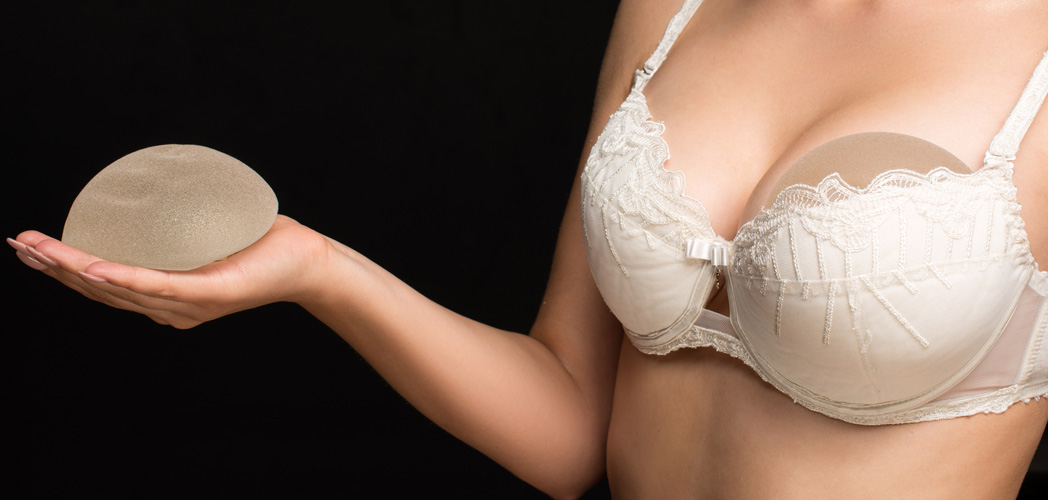
Breast augmentation, also known as augmentation mammoplasty, is a popular cosmetic surgical procedure designed to enhance the size and shape of the breasts. Many women opt for breast augmentation to achieve fuller and more proportionate breasts, enhance their body contours, and boost their self-confidence. In this article, we will explore the key aspects of breast augmentation surgery, including its benefits, procedure, recovery, and potential risks.
Increased Breast Size and Volume: Breast augmentation allows women to increase the size of their breasts to achieve their desired proportions. This procedure can help create a more balanced figure and enhance overall body symmetry.
Enhanced Breast Shape and Contour: Breast augmentation can improve the shape and contour of the breasts, addressing concerns such as asymmetry or naturally smaller breasts. It can create a more aesthetically pleasing appearance and enhance femininity.
Improved Self-Confidence: Many women report increased self-confidence and improved body image after breast augmentation surgery. The procedure can help individuals feel more comfortable in their own bodies and enhance their overall quality of life.
Before undergoing breast augmentation, it is crucial to consult with a qualified plastic surgeon who will assess your specific needs and goals. The procedure typically involves the following steps:
Anesthesia: Breast augmentation surgery is performed under general anesthesia to ensure the patient's comfort and safety throughout the procedure.
Incision Placement: The surgeon will make incisions in pre-determined locations, which can be in the crease beneath the breast (inframammary), around the areola (periareolar), or in the armpit (transaxillary). The choice of incision placement depends on factors such as the patient's anatomy and preferences.
Implant Placement: The surgeon will create a pocket either behind the breast tissue (subglandular) or beneath the chest muscle (submuscular). The appropriate placement will depend on factors such as the patient's body type, existing breast tissue, and desired outcome.
Implant Insertion: Silicone or saline breast implants will be carefully inserted into the designated pockets. The surgeon will make adjustments to ensure proper placement and symmetry.
Incision Closure: The incisions will be meticulously closed using sutures, and dressings or surgical tape may be applied to support the healing process.
The recovery period after breast augmentation surgery can vary from patient to patient, but it generally involves the following:
Post-Operative Care: Patients will receive detailed instructions on how to care for their incisions and manage post-operative discomfort. It is crucial to follow these instructions to minimize the risk of infection and ensure optimal healing.
Supportive Garments: Patients may be advised to wear a supportive bra or compression garment to provide comfort, reduce swelling, and support the newly augmented breasts during the healing process.
Physical Activity: Strenuous activities and heavy lifting should be avoided for several weeks after surgery to allow the breasts to heal properly. The surgeon will provide guidelines on gradually resuming normal activities.
Results: The final results of breast augmentation are typically noticeable once the swelling subsides, which may take a few months. Patients can expect enhanced breast size, improved shape, and increased fullness, achieving their desired breast appearance.
While breast augmentation is generally safe, it is important to be aware of the potential risks involved. These may include:
Capsular Contracture: In some cases, scar tissue may form around the breast implants, causing them to feel firm or appear misshapen. This can be addressed through revision surgery if necessary.
Implant Rupture or Leakage: Breast implants may rupture or leak over time. Regular check-ups and follow-up appointments with the surgeon are important to monitor the integrity of the implants.
Changes in Sensation: Some women may experience temporary or permanent changes in nipple or breast sensation following breast augmentation surgery.
Breast augmentation surgery offers women the opportunity to enhance their breast size, shape, and proportions. By understanding the procedure, recovery process, and potential risks, individuals can make informed decisions regarding their desire to undergo breast augmentation. Consulting with a qualified plastic surgeon is essential to determine candidacy, choose appropriate implant options, and achieve the desired results. With proper care and realistic expectations, breast augmentation can provide a transformative enhancement to feminine curves.